Evaluating 1095 Steel: The Pros and Cons for Knife Making
- February 2, 2024
- 0 comment
1095 steel is a cornerstone in the knife-making industry, known for its simple yet effective composition that offers a balance between toughness, edge retention, and ease of sharpening. Its prominence in crafting both utility and artisanal blades makes it a subject of interest for many enthusiasts and professionals. This article delves into the nuances of 1095 steel, evaluating its strengths and weaknesses for knife making.
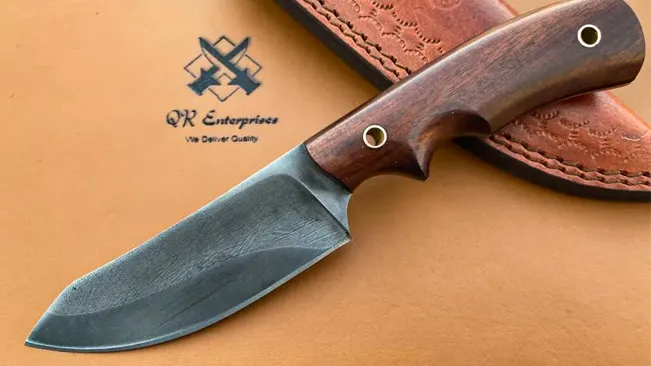
What is 1095 Steel?
1095 steel is a high carbon steel known for its high carbon content of approximately 0.95%, which contributes to its hardness and edge retention capabilities. It contains a minimal amount of manganese and is devoid of other alloying elements, which simplifies its structure and enhances its sharpen-ability and durability.
Pros of 1095 Steel in Knife Making
Ease of Sharpening
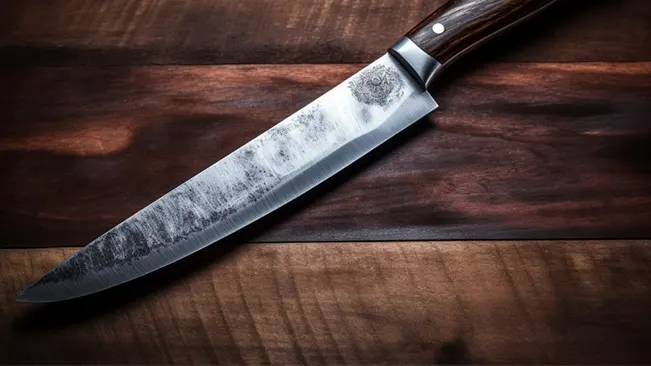
One of the most celebrated aspects of 1095 steel is its remarkable ease of sharpening. The steel’s purity, characterized by its high carbon content and minimal alloying elements, facilitates a straightforward sharpening process. This feature is particularly advantageous for beginners in knife making, as it lowers the barrier to maintaining a sharp, effective blade. Even those with minimal experience can quickly learn to hone a 1095 steel knife to a razor-sharp edge, ensuring that the knife remains functional and reliable over time. This ease of maintenance ensures that knives crafted from 1095 steel are not just tools, but dependable companions in various tasks.
Durability
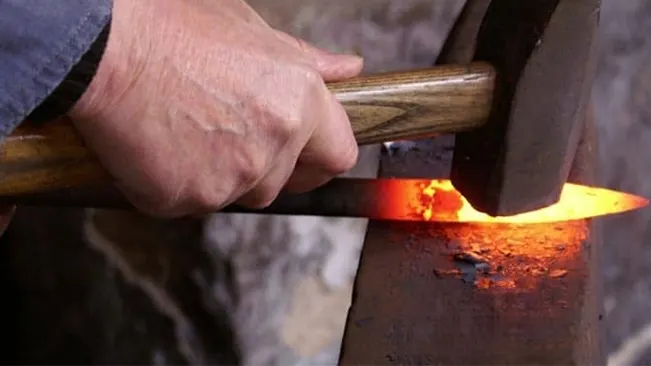
The high carbon content of 1095 steel doesn’t just contribute to its sharpness; it also imbues the steel with exceptional durability. Knives forged from 1095 steel exhibit a remarkable ability to withstand physical stress, making them capable of enduring rigorous use without succumbing to damage. This toughness makes 1095 steel knives suitable for a wide range of applications, from culinary tasks to outdoor adventures. Whether it’s chopping, slicing, or piercing, a 1095 steel knife can handle significant use and abuse, making it an invaluable tool for those who demand reliability from their cutting instruments.
Edge Retention
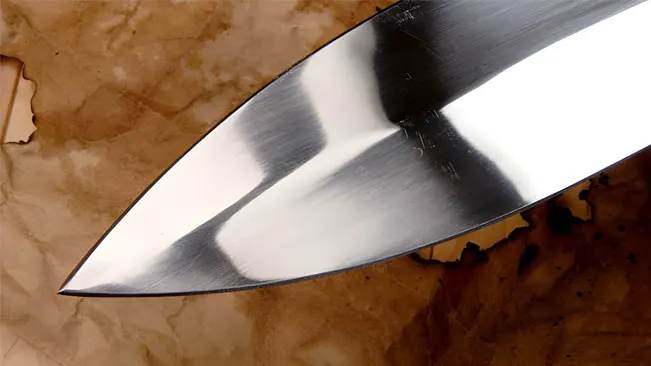
Edge retention is another critical factor in the utility of a knife, and here too, 1095 steel shines. Thanks to its optimized carbon composition, knives made from 1095 steel maintain their sharp edge for an extended period, even with regular use. This quality reduces the need for frequent sharpening, allowing users to focus more on the task at hand and less on knife maintenance. For professionals and enthusiasts alike, this means enhanced productivity and the satisfaction of always having a sharp knife ready at hand. The superior edge retention of 1095 steel ensures that the blade performs consistently, providing clean cuts and reducing effort during use.
Cost-Effectiveness
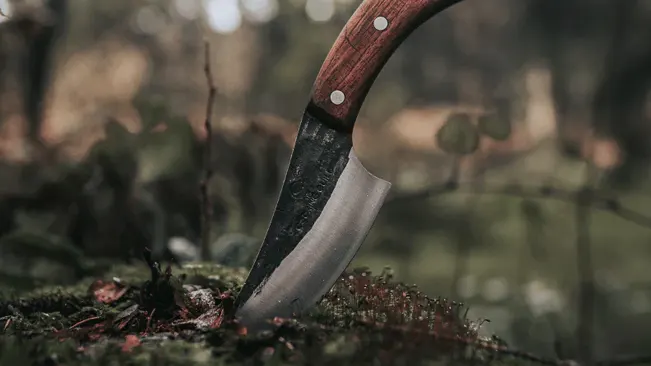
Finally, the cost-effectiveness of 1095 steel is a significant advantage for knife makers. Its straightforward composition not only makes it easier to work with but also keeps production costs down. This affordability makes 1095 steel an attractive option for both seasoned knife makers and those just starting. It enables the creation of high-quality knives without the need for expensive materials, lowering the entry barrier for new smiths and allowing for competitive pricing in the market. Furthermore, the durability and longevity of 1095 steel knives mean that users receive excellent value for their investment, as these knives can serve faithfully for years with proper care.
Cons of 1095 Steel in Knife Making
Rust and Corrosion Susceptibility

A notable limitation of 1095 steel is its vulnerability to rust and corrosion, primarily due to its lack of chromium—a key ingredient in stainless steels that offers corrosion resistance. When exposed to moisture or acidic conditions without adequate protection, 1095 steel can quickly develop rust. This characteristic necessitates a greater level of care, especially in environments that are humid, salty, or otherwise corrosive. For knife users, this means 1095 steel knives are not ideal for certain applications, such as those involving frequent contact with water or acidic substances, unless they are willing to commit to meticulous care and maintenance.
Maintenance Requirements
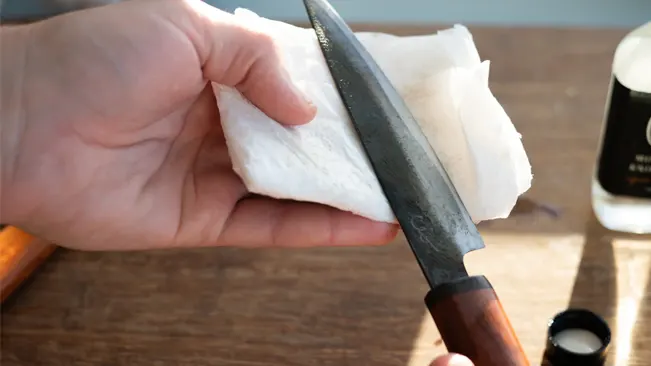
The predisposition of 1095 steel to rust and corrosion leads directly to its increased maintenance requirements. Knives made from this steel need regular care, including thorough drying after use and the application of protective oils or other rust inhibitors. This maintenance routine can be seen as a drawback for those looking for a low-maintenance option or for users who prefer not to spend additional time on upkeep. Regular maintenance is crucial to preserve the integrity and functionality of the knife, preventing rust from compromising its strength and sharpness. For some, this level of care may be a worthwhile trade-off for the performance benefits 1095 steel offers; for others, it may be a significant inconvenience.
Limited Resistance to Wear
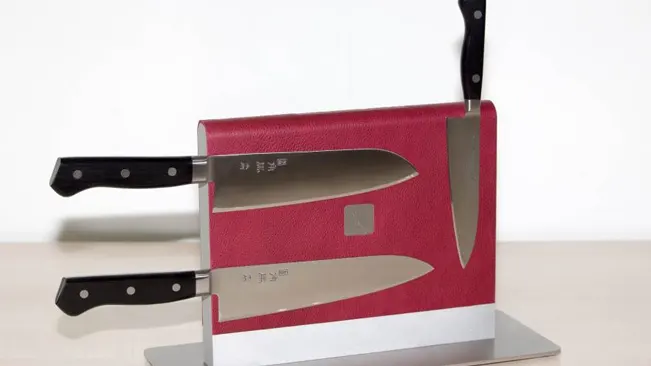
Compared to alloyed steels that contain elements like vanadium, chromium, or molybdenum, 1095 steel exhibits a more limited resistance to wear. Under extreme conditions or when subjected to abrasive materials, 1095 steel can wear down more quickly. This wear can manifest as a dulling of the edge, requiring more frequent sharpening, or in extreme cases, as physical thinning of the blade. While 1095 steel is undoubtedly tough and capable of enduring significant use, its performance in abrasive environments or in applications demanding extreme durability may fall short of that offered by certain alloyed steels designed specifically for high wear resistance.
Comparative Analysis with Other Knife Making Steels
When compared to stainless steel variants, 1095 steel stands out for its ease of maintenance and superior edge retention, albeit at the cost of increased vulnerability to corrosion. Against high carbon alternatives, it offers a balanced performance, especially in terms of sharpen-ability and cost-effectiveness.
| Feature | 1095 | 15N20 | O1 | D2 | CPM-S30V | S35VN |
|---|---|---|---|---|---|---|
| Alloy | Carbon steel | High-carbon, low-alloy steel | Carbon steel | High-carbon, high-chromium steel | Stainless steel | Stainless steel |
| Carbon content | 0.95% | 1.5% | 0.9% | 1.2% | 1.4% | 1.4% |
| Hardness | 58-62 HRC | 58-62 HRC | 58-62 HRC | 60-63 HRC | 58-62 HRC | 58-62 HRC |
| Edge retention | Excellent | Very good | Excellent | Excellent | Excellent | Excellent |
| Toughness | Moderate | Good | Moderate | Good | Very good | Very good |
| Corrosion resistance | Poor | Poor | Poor | Fair | Good | Good |
| Ease of sharpening | Easy | Moderate | Easy | Moderate | Difficult | Difficult |
| Price | Low | Low | Low | Moderate | High | High |
| Best use | Everyday carry, bushcraft, survival | Hunting, EDC | Everyday carry, EDC, woodworking | Hard-use knives, EDC | EDC, tactical knives | EDC, kitchen knives |
Practical Applications and Ideal Use Cases
1095 steel is ideal for creating robust, high-performance knives intended for cutting, chopping, and survival applications. It is particularly favored by hobbyists for its forgiving nature during the forging process and by professionals for its reliability in creating durable blades.
Maintenance Tips for 1095 Steel Knives
Proper maintenance of 1095 steel knives is crucial to ensure their longevity and optimal performance. Due to its high carbon content, 1095 steel is prone to rust and corrosion if not cared for appropriately. Here are detailed maintenance tips to keep your 1095 steel knives in top condition:
Regular Cleaning
- After Use: Always clean your knife after use, especially if it has been in contact with acidic substances or moisture. Use mild soap and water to gently clean the blade, then thoroughly dry it with a soft cloth.
- Deep Cleaning: Periodically, it’s beneficial to perform a more thorough cleaning. Disassemble the knife if possible, and clean each part separately to remove any hidden dirt or moisture.
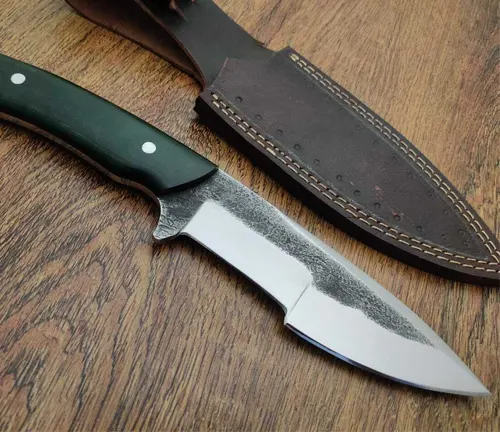
Drying After Use
- Immediate Drying: After cleaning, immediately dry your knife completely. Moisture is the enemy of 1095 steel, and even a small amount left on the blade can lead to rust.
- Avoid Air Drying: Do not let your knife air dry, as this can leave spots or lead to oxidation. Instead, use a clean, dry cloth to wipe down every part of the knife.
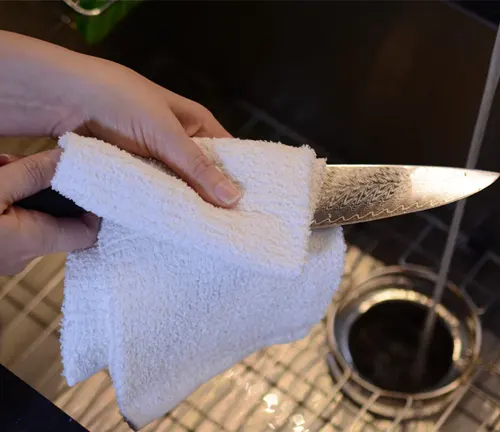
Application of a Light Oil Coating
- Choosing the Right Oil: Use a light machine oil or a product specifically designed for protecting knives. Food-grade mineral oil is a good choice if the knife will be used for food preparation.
- How to Apply: Apply a thin layer of oil to the blade and any other steel parts. Use a soft cloth or a paper towel to spread the oil evenly, ensuring you cover the entire surface.
- Frequency: The frequency of oiling depends on usage and storage conditions. Knives used or stored in humid environments should be oiled more frequently.
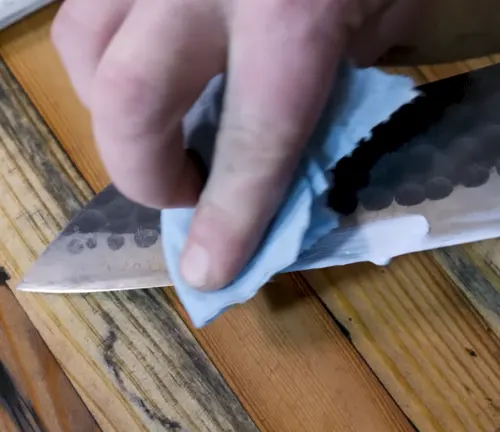
Sharpening
- Choosing Sharpening Tools: Use a sharpening stone, ceramic rod, or a diamond sharpener appropriate for the level of sharpening needed. Honing rods can be used for regular maintenance, while stones are better for restoring a dull edge.
- Technique: Maintain the correct angle (usually around 20 degrees) to the sharpener. Use consistent strokes across the length of the blade, working both sides evenly to maintain the edge.
- Avoid Over-Sharpening: Remove only as much material as necessary to sharpen the edge. Over-sharpening can reduce the lifespan of the knife.
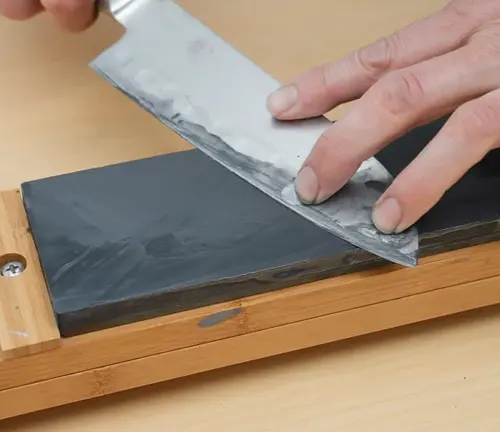
Storage
- Dry Environment: Store your knife in a dry environment. Use knife blocks, sheaths, or cases that allow air circulation and prevent moisture accumulation.
- Avoid Contact with Other Metals: When storing knives together, avoid direct contact with other metal objects that could cause scratches or damage the edge.
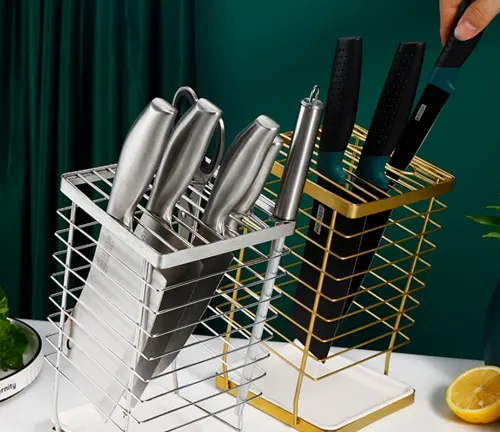
Handling Rust Spots
- Early Detection: Inspect your knife regularly for rust spots. Early detection makes removal easier.
- Removal: Use a mild abrasive, like fine steel wool or a specialized rust remover, to gently scrub away any rust. After removal, clean, dry, and oil the knife to protect it from further corrosion.
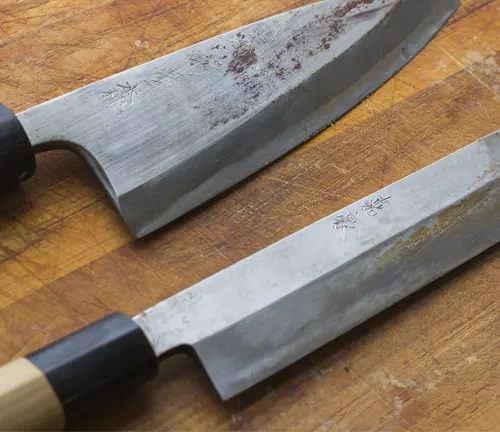
Adhering to these maintenance tips will ensure that your 1095 steel knife remains sharp, rust-free, and ready for use, preserving its quality and extending its lifespan.
Conclusion
1095 steel remains a popular choice for knife making, balancing cost, performance, and ease of maintenance. Its pros and cons need to be weighed based on the intended use of the knife and the maker’s ability to regularly care for the blade. For those willing to invest the time in maintenance, 1095 steel knives can offer exceptional performance and satisfaction.
10 FAQs about Evaluating 1095 Steel
1. What makes 1095 steel a popular choice for knife making?
1095 steel is favored for its simple composition, offering an excellent balance of toughness, edge retention, and ease of sharpening. Its high carbon content ensures a durable blade that can maintain a sharp edge over time, making it a preferred choice for both utility and artisanal knives.
2. How does the carbon content of 1095 steel affect its performance?
The high carbon content (approximately 0.95%) in 1095 steel increases its hardness, enhancing its ability to retain a sharp edge. However, this also makes the steel more susceptible to rust and corrosion if not properly maintained.
3. Is 1095 steel easy to sharpen?
Yes, one of the key advantages of 1095 steel is its ease of sharpening. Its purity allows for quick and efficient honing, even for beginners, making it possible to restore a razor-sharp edge with minimal effort.
4. How does 1095 steel compare to stainless steel in terms of maintenance?
1095 steel requires more maintenance than stainless steel due to its susceptibility to rust and corrosion. It needs regular oiling and drying to protect the blade, whereas stainless steel variants contain chromium, offering inherent corrosion resistance.
5. Can 1095 steel knives handle heavy use?
Absolutely, 1095 steel knives are known for their exceptional durability and are capable of withstanding rigorous use. However, they must be properly cared for to avoid rust and maintain their integrity over time.
6. What are the main disadvantages of 1095 steel for knife making?
The primary drawbacks of 1095 steel include its susceptibility to rust and corrosion, the need for regular maintenance to prevent rust, and its limited resistance to wear compared to alloyed steels.
7. Are 1095 steel knives more affordable than those made from other materials?
Yes, the straightforward composition of 1095 steel typically results in lower production costs, making knives crafted from this material more affordable than those made from some alloyed steels or high-end stainless steels.
8. What types of knives are best suited for 1095 steel?
1095 steel is versatile and particularly suited for creating robust, high-performance knives such as hunting knives, survival knives, and general utility blades that benefit from a sharp, durable edge.
9. How should I care for a 1095 steel knife to prevent rust?
To prevent rust, regularly clean and thoroughly dry your 1095 steel knife after use, then apply a thin layer of protective oil. Store the knife in a dry environment to further protect against corrosion.
10. Is 1095 steel suitable for beginners in knife making?
Yes, its ease of sharpening and forging, along with the lower cost, make 1095 steel an excellent choice for beginners. It allows new knife makers to practice and refine their skills without the complexity and expense associated with some other materials.

Kerith Simon
As an expert with over ten years of dedicated experience in knife defense, my professional journey is anchored in a profound commitment to the safety and empowerment of individuals through specialized education. My expertise is not only grounded in practical self-defense techniques but also extends to a scholarly understanding of knife functionality, which I have meticulously documented in my authoritative series, This work stands as a testament to my deep engagement with the subject, offering readers critical insights into the nuances of knife selection and usage across various contexts. My approach to teaching and content creation is informed by a rigorous methodology and a continuous pursuit of knowledge, ensuring that the strategies and insights I provide are both effective and scientifically sound. Through a combination of hands-on workshops, comprehensive seminars, and well-researched publications, I strive to elevate the standard of knife defense education, making it accessible and reliable for those seeking to enhance their security and proficiency in this essential skill.

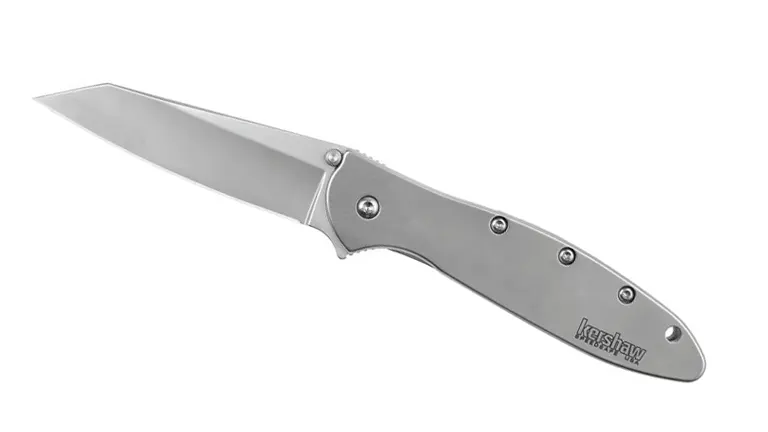
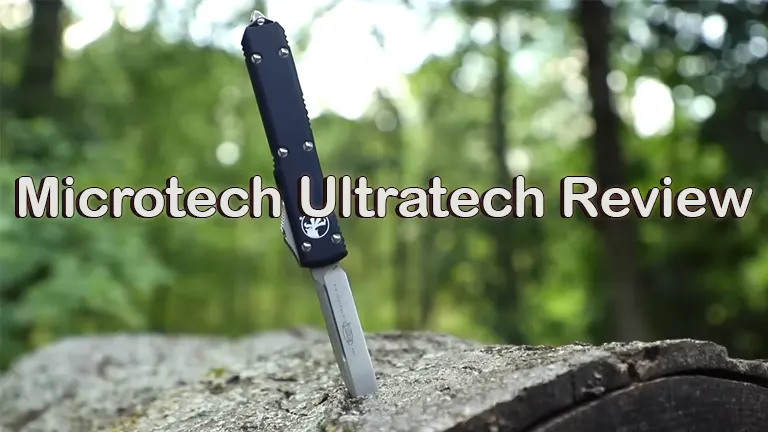
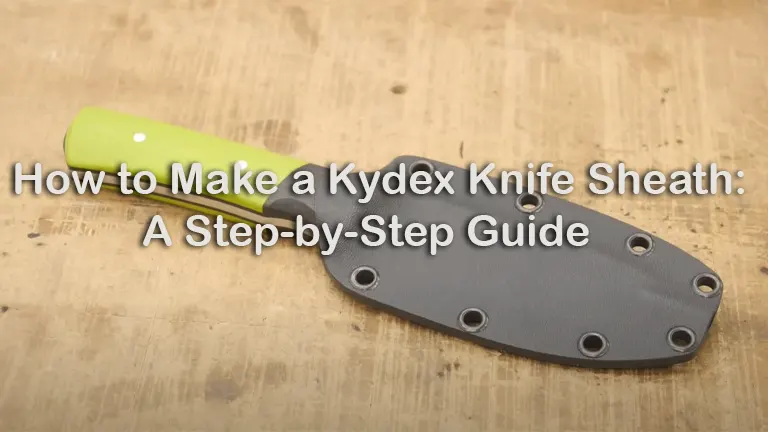
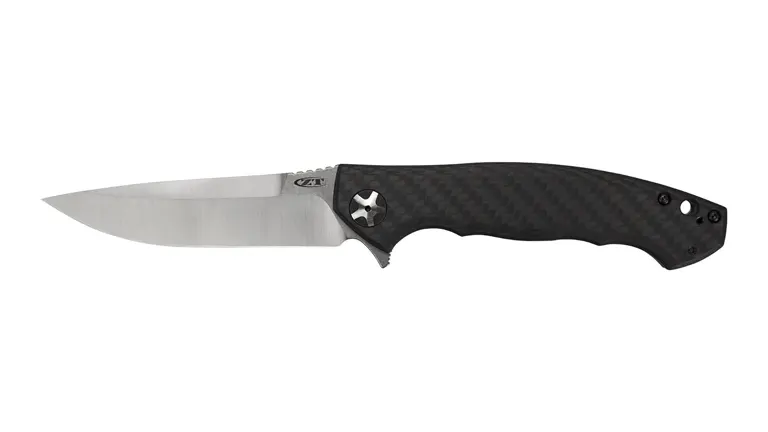



Leave your comment